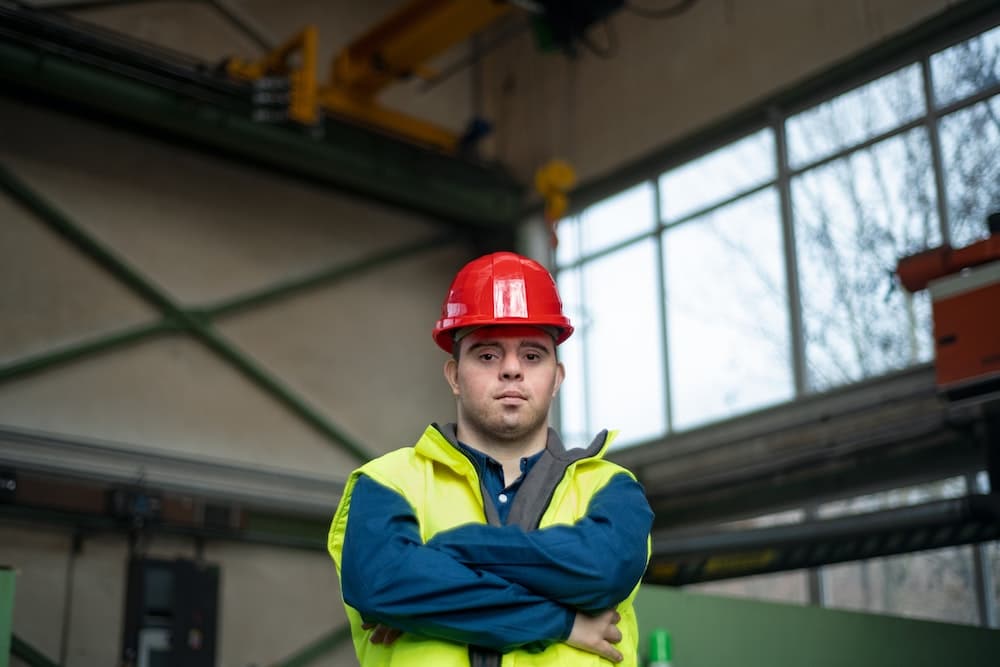The kitchen is often referred to as the heart of the home, and for good reason. It’s where meals are prepared, families gather, and memories are made. When you’re thinking about renovating your kitchen, you’ll want it to be a space that is both functional and stylish. But what if your home has period features that you want to maintain while still creating a modern kitchen design? This article will provide you with practical advice on how to integrate your home’s historical elements into a contemporary kitchen renovation.
Retaining Original Woodwork
The timeless elegance of wood can add warmth and character to any room, and your kitchen is no exception. If your home has original woodwork that you want to retain in the renovation process, it’s important to consider how it will fit in with your modern kitchen design.
En parallèle : What Are the Best Plants for Improving Air Quality in a Basement Conversion?
One way to do this is by painting your wooden cabinets a fresh, contemporary color. This can help to modernize the look of the wood without compromising its classic appeal. On the other hand, if you’re dealing with beautifully grained wood, consider leaving it in its natural state and simply sealing it to protect against wear and tear.
You can also combine old and new by using the wood for accents in your kitchen. For example, you could use the wood for your kitchen island, while opting for more modern materials for your cabinets.
Cela peut vous intéresser : What’s the Best Way to Create a Kid’s Adventure Bedroom with a Nautical Theme?
Incorporating Period Lighting
Period lighting can be a wonderful way to add a touch of vintage charm to your kitchen. With so many contemporary lighting options available, it’s possible to incorporate period lighting that complements your kitchen’s modern design.
Chandeliers, pendant lights, and wrought iron fixtures can all evoke a bygone era. Pair these with sleek, minimalist furniture and cabinetry for a stylish, yet nostalgic feel. Alternatively, you can go for a dramatic contrast by juxtaposing a grand, ornate chandelier with a sleek, ultra-modern kitchen design.
Just remember that lighting is not just about aesthetics, but also functionality. Make sure your period lighting provides sufficient illumination for the tasks you need to perform in your kitchen.
Integrating Period Architectural Elements
Period architectural elements can add a unique and distinctive touch to your kitchen. Whether it’s decorative cornices, ceiling roses, or original fireplaces, these features can be thoughtfully integrated into your modern kitchen design.
If your kitchen has high ceilings with beautiful cornices or ceiling roses, consider choosing a design style that celebrates these features. For example, an open plan kitchen with minimalistic cabinets and a monochrome color scheme can make these elements stand out.
Alternatively, if your kitchen has a beautiful old fireplace, consider making this the focal point of your room. You could position your dining table nearby to create a cozy eating area, or use the mantelpiece to display your favorite kitchen accessories.
Using Traditional Materials in a Contemporary Way
While many modern kitchens favor gloss finishes and sleek, man-made materials, there’s no reason why you can’t use traditional materials in a contemporary way.
For instance, you might choose to have your modern kitchen cabinets made from traditional materials like wood or stone. These can be combined with contemporary fittings and fixtures to create a kitchen that is both modern in function and classic in style.
Another idea is to use traditional materials in modern ways. For example, you might use a classic material like marble or granite for your kitchen countertops, but opt for a modern, minimalist design.
Incorporating Vintage White Into Your Design
The timeless color of white can be a great way to blend period features with a modern kitchen design. From white cabinets to white tiles, this neutral color can tie together different elements in the room.
White can especially enhance the look of period architectural features. If you have period moldings or woodwork in your kitchen, painting them white can highlight their intricate details while also giving them a fresh, modern look.
On the other hand, white can also be used to soften the look of modern kitchen elements. If you have sleek, modern cabinets, for example, choosing a vintage white color can give them a softer, more nostalgic feel.
In conclusion, integrating period elements into your modern kitchen design requires a thoughtful and creative approach. But with these tips, you can create a kitchen that marries the best of both worlds – a space that respects the period charm of your home while meeting the demands of contemporary living.
Mixing Mid Century Elements with Modern Design
Incorporating mid century pieces into a contemporary kitchen design can be a fantastic way to merge past and present. Mid century design, which spans from the mid-1930s to mid-1960s, is characterized by its clean lines, functional shapes, and an emphasis on natural materials – a style that can easily complement a modern design aesthetic.
One simple way to introduce mid century style into your kitchen is through furniture. Consider pairing a sleek, modern kitchen island with mid century bar stools. These stools, with their clean lines and minimalist design, can add a touch of vintage charm without clashing with the contemporary feel of the rest of your kitchen.
Another approach is to incorporate mid century modern kitchen cabinets into your space. These cabinets, with their characteristic flat fronts and lack of ornamentation, can blend seamlessly into a contemporary kitchen. To keep the look fresh and current, consider choosing a bold, contemporary color for your cabinets.
As well as furniture and cabinetry, you could also look for mid century lighting fixtures or accessories. These design elements can add a subtle nod to the past, without overwhelming your modern kitchen design.
Emphasizing Natural Materials in a Modern Kitchen
Natural materials have always been a popular choice in kitchen design, and they can provide a wonderful contrast to the sleek, man-made materials often associated with contemporary kitchens. Woods, stones, and metals can add texture and depth to your kitchen, making it feel more grounded and inviting.
Consider using wood for your kitchen cabinets. With its rich, warm tones and natural grain, wood can bring a sense of warmth and character to your kitchen. To keep the look modern, opt for cabinets with simple, clean lines and minimal hardware.
Stone, such as marble, granite or quartz, is another great choice for a modern kitchen. These materials are both durable and visually striking, making them ideal for countertops, backsplashes or even flooring. To maintain a contemporary aesthetic, choose a stone with a subtle pattern and a sleek, polished finish.
Lastly, don’t forget about metal. From stainless steel appliances to brass cabinet handles, metals can add a contemporary edge to your kitchen. Choose a finish that complements your other materials – brushed nickel or chrome for a cool, sleek look, or brass or copper for a warmer, more rustic feel.
Conclusion
Renovating a kitchen with a modern design while preserving the period features of your home can be a challenging yet rewarding endeavor. Whether it’s the mid century charm of your kitchen cabinets, the old-world elegance of your lighting fixtures, or the timeless appeal of natural materials, these elements can all co-exist beautifully in a contemporary kitchen.
Remember, it’s all about striking a balance. Clean lines, bright spaces, and sleek finishes can bring your kitchen into the 21st century, while the historical elements of your home keep it grounded in history. With thoughtful planning and careful selection of materials, you can create a unique space that truly reflects your style and respects the architectural heritage of your period home. So, why not make a start today on designing your dream kitchen?






